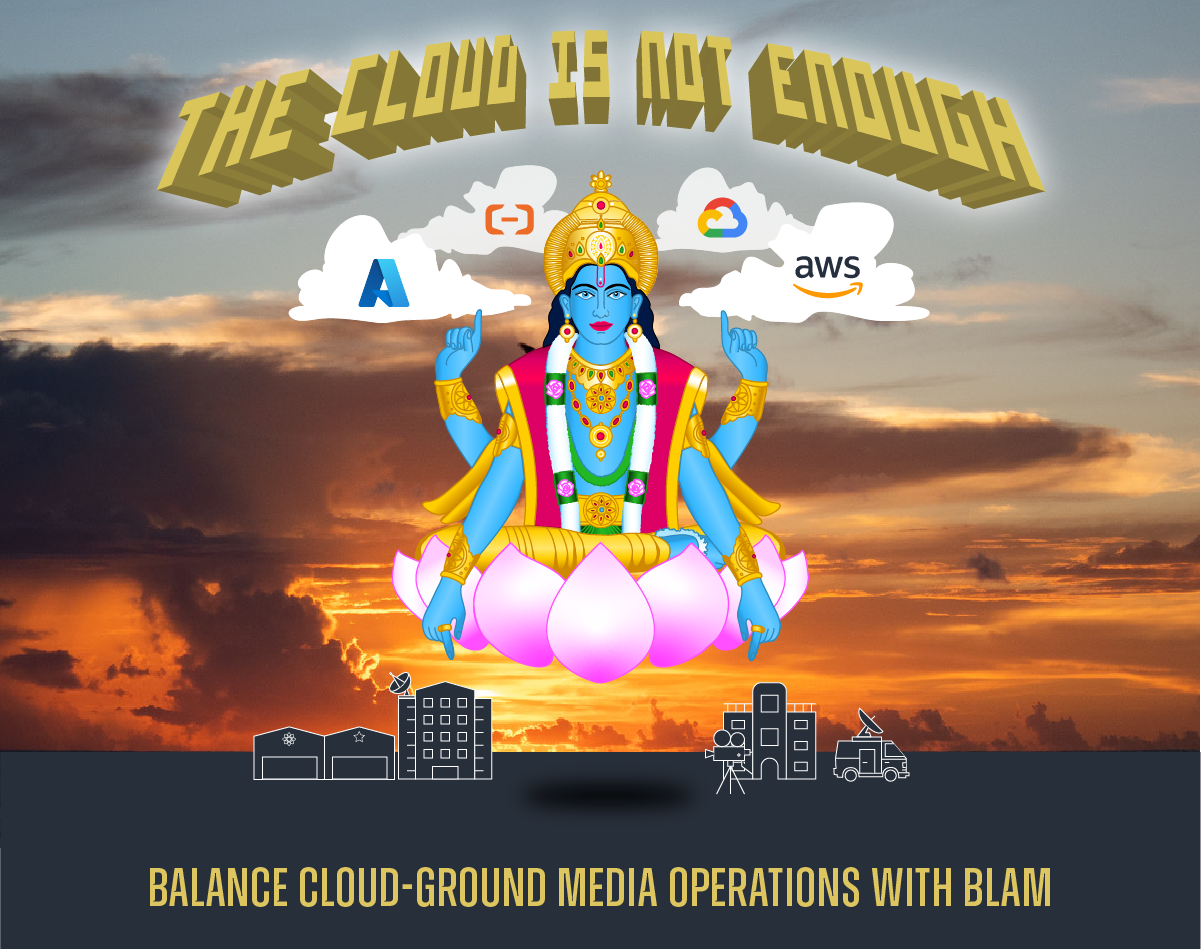
Post NAB Thoughts
April 2024: It’s been a week, and we’ve all now seen everyone’s takeaways on the trends that emerged at NAB. Here at Blue Lucy Towers we like to do things differently, so here are 6 ways in which we’re bucking the trends and defying the key findings which were shared at the show.
“The market is tough”
This was the opening statement both at Devoncroft Partners’ Executive Summit and again at IABM’s State of the Industry Briefing. We agree. It is tough out there, but vendors who are focussed on solving real problems will thrive, and help their customers do the same. 2023 was tough for us too, but we grew our customer base by 25%.
“Vendors are overbuilding their applications”
We heard this a lot at the sessions we attended. Don’t get us wrong. What we do is clever, and our customers can really get down in the weeds configuring, scripting, and designing complex workflows if they want. But our low-code no-code approach means that users of all skill levels can quickly build operational workflows to integrate media systems and rapidly deliver business value.
“File delivery is too expensive and too slow”
Major M&E players confirmed the relentless pressure to get more files delivered faster, cheaper and at better quality. This is tough when usage is metered, but Blue Lucy’s solution is offered at a fixed monthly cost regardless of throughput. After all, that’s how our customers sell their subscriptions. And with no markup on supply chain integrations, they can choose the vendors that best fit their business needs, confident in the knowledge they’re not paying a platform tax to use them.
“Too many workflows involve ‘people doing stuff’”
It’s true. And that’s why automating repetitive tasks to speed things up and reduce errors is fundamental to what we do. AI has an important role to play, but we also know how some processes will always need the personal touch. Our BLAM platform has a task-management orchestration capability so that essential manual work can be prioritised and materials presented to users, allowing more time to dedicate to creativity.
“Media Orchestration and MAM are still considered separate functions”
It’s 2024! As far as we’re concerned metadata, media management and orchestration are inextricably linked functions in a joined-up operation. Our clients want to keep control of their assets throughout and beyond any delivery process. Our platforms are designed to allow exactly that.
“The industry is spawning more and more platforms and enterprise buses”
100% agree. Here in the UK we often question why you can wait ages for a bus, then they all come at once. With so many vendors claiming to have an Enterprise Service Bus, we’re definitely at the point of needing an intelligent solution to manage all of these integrations. And guess what? We’ve got one – we provide and champion open integrations, not walled gardens.








